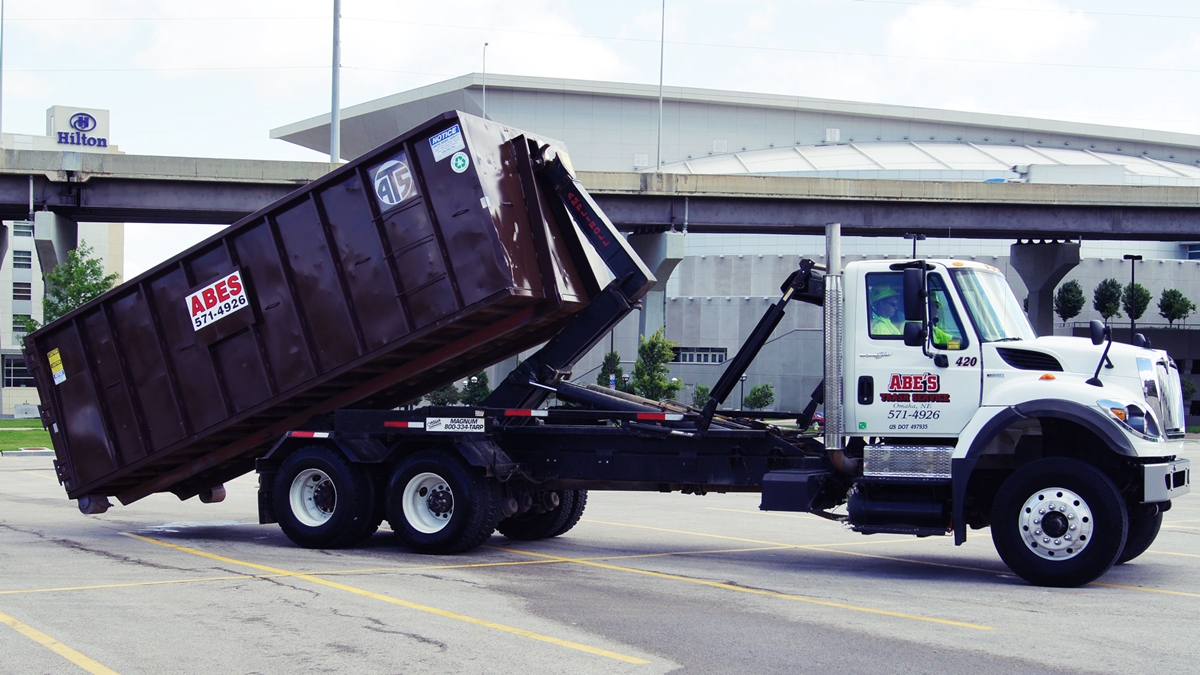
Whether you are working in construction, demolition, recycling, or hauling, roll-off dumpsters are an integral part of your waste management process. While you must find the right container, sometimes doing so can be an uphill task. Choosing the right roll-off dumpster for your project requires that you ask the necessary questions. If unsure, some dumpster companies such as Savannah GA dumpster rentals help you with the decision-making process
Here are some of the questions you should be at the back of your mind;-
Table of Contents
The scale of the Project
Perhaps the first question when choosing a roll-off dumpster is the size of the project you are about to embark on. That is because, together with other factors, it will influence the size of the dumpster that you choose. While you might get away with a small dumpster for simple spring cleaning, you will require a larger container during a substantial home addition.
Type of Material
The primary determinant of the size of the roll-off dumpster you choose is the type of waste you will be generating. For inert material (dirt, rock, concrete, sand, and tiles), you will need the smaller 15 YD dumpster. You do not want to avoid the 30 or 40 YD container when dealing with heavy inert material due to weight.
Depending on the quantity of your household waste, go for the 20, 30, or 40 YD dumpster. While the 15 YD container is adequate for tile roofing, the 20, 30, or 40 YD container is preferred when dealing with other roofing materials. The 15 YD dumpster carries up to 3 tons of dump while the 20 YD one carries 4 tons.
Amount of waste generated
Now, this is where it gets a bit tricky, as you have to balance the volume of waste generated against the frequency of pickup to maximize profitability. Furthermore, you should consider how fast the container fills up and how the pickup schedules will affect your daily routine.
Loading mechanism
The 20 YP container allows for hand-loading, which tends to distribute weight more evenly; thus, reducing strain on the dumpster. On the other hand, machine-loaded roll-off containers tend to experience a rougher and more concentrated loading. Therefore, they require more reinforcement, not only on the areas that come into contact with the machinery but also at the bottom where the quick dumping and concentrated weight could be a problem.
Dumpster design
Different dumpster designs make it easier to use, prolong service life, and enhance safety and safety. These include;
- Ground rollers – Four ground rollers are a must for a container that will be moved around often at the site.
- Dirt shredders – These can be added to the exterior sidewalls to prevent dirt and other loose materials from accumulating, and blowing off when the container is in transit.
- Inverted angles – These reinforce the top rails protecting them against machine loading.
- Crash plates – Simply, these are extra steel reinforcement added where the dumpster is picked to help bear the impact.
Final words
While a roll-off dumpster is not a permanent thing, making the wrong decision could adversely affect the quality of your work, and also result in higher charges. Therefore, it is paramount that you select the right roll-off dumpster.